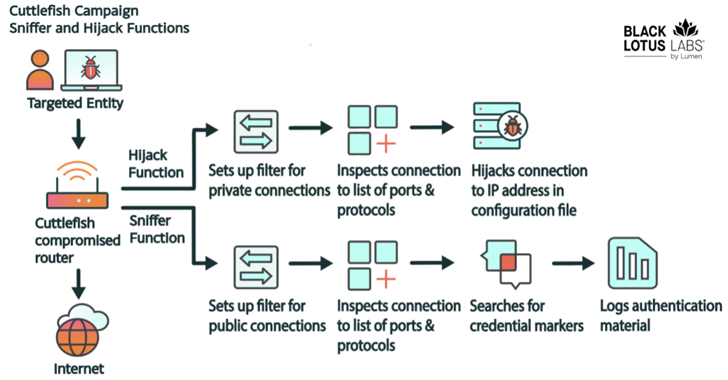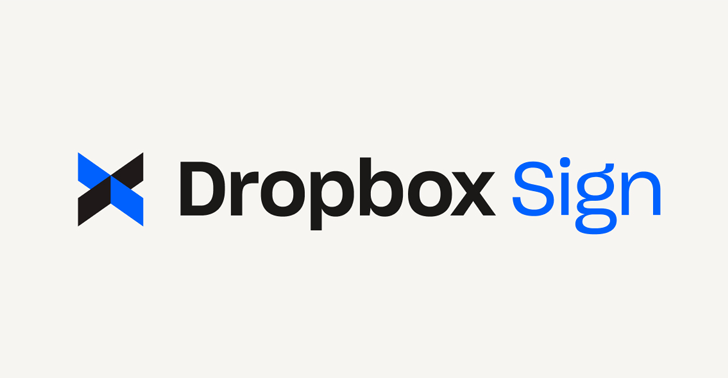A Newly discovered sophisticated BackSwap Malware Empty victims bank account using most innovative methods and employes new technique to bypass browser protection.
Nowadays banking Trojan attacks evolving with various technique and continuously targeting vicitms bank account and the prevention become more and more complex.
BackSwap Malware changing the traditional complex process injection to new innovative methods for browser manipulation and monitoring the browsers actvities.
Attackers can be achieved this operation by injects malicious JavaScript into the web page either through the program’s JavaScript console or specifically into the address bar.
Interestingly all the operation are being executed with user knowledge which the way malware authors evade the detection and maintain the persistence in victims side.
This is an apparently basic trap that all things considered advanced browser protection mechanisms against complex assaults.
BackSwap Malware discovered as Win32/BackSwap.A has had malicious scripts targeting five Polish banks in total – PKO Bank Polski, Bank Zachodni WBK S.A., mBank, ING and Pekao
This BackSwap Malware is distributed from same cybercrime group who is behind the Malware that steals cryptocurrency Targets Online Wallets by Replacing Clipboard (Copy&paste) Addresses.
Read: Web Application Security | Application Security Checklist
How does this BackSwap Malware Empty Bank Accounts
Initially, BackSwap Malware distributed through malicious email spam campaigns with an attachment that contains heavily obfuscated JavaScript downloader from Nemucod family.
After the infection being conducted in the target machine, the payload is dropped via a modified version of the legitimate application and it will be overwritten by the payload.
This Malware is misusing the applications such as TPVCGateway, SQLMon, DbgView, WinRAR Uninstaller, 7Zip, OllyDbg, FileZilla Server.
During the installation, legitimate app modified to jump to the Malicious Payload and original application no longer works, once control is transferred to the malware.
This BackSwap Malware using internet banking interface To steal money from a victim’s account.
According to ESET, banking malware will inject itself or its specialized banking module into the browser’s process address space. For many reasons, this is not an easy task – first of all, as mentioned before, the injection might be intercepted by a third-party security solution.
At the point when effectively injected, the managing an account module needs to discover browser-specific functions and hook them.
Also, the malware seeking the functions that is responsible for sending and receiving HTTP requests in plain text before encryption and after decryption.
Malware authors are using specialized methods and patterns that only work for the specific version of the browser due to the difficulties of Exporting the function in various browsers to manipulation users browsing actvities.
once the BackSwap Malware finds the right functions and its hooked successfully, the banking trojan can begin to modify the HTTP traffic or redirect the victim to a different website impersonating a bank while faking the validity of a certificate.
Attackers using hacked WordPress website as a command and control server to retrieving the receiving bank account numbers.
the banker will only steal money if the wire transfer amount is in a certain range – they usually target payments between 10,000 and 20,000 PLN, which is around 2,800 – 5,600 USD.
IoCs
| 9BC4C1D5403DDD90712CE87225490A21D1EDC516 | JS/Nemucod.EAN trojan |
|---|---|
| CF5A74C268661501156663F74CD5E20603B0F261 | Win32/BackSwap.A trojan |
| 6251F9AD0E5F551AC4A6B918EF366E86C4CCFDC4 | Win32/BackSwap.A trojan |
| 2DC9760A7C6E9D261C73EFB7B2604840734BC058 | Win32/BackSwap.A trojan |
| A68901D0D8C1247FF280F9453E3AE45687C57566 | Win32/BackSwap.A trojan (JavaScript) |









